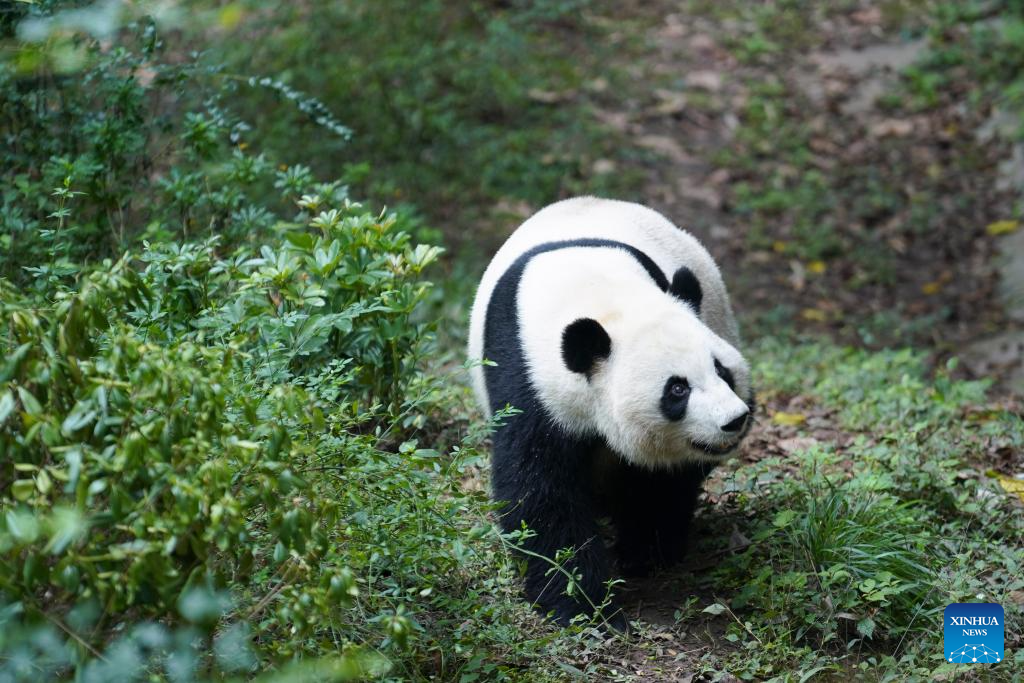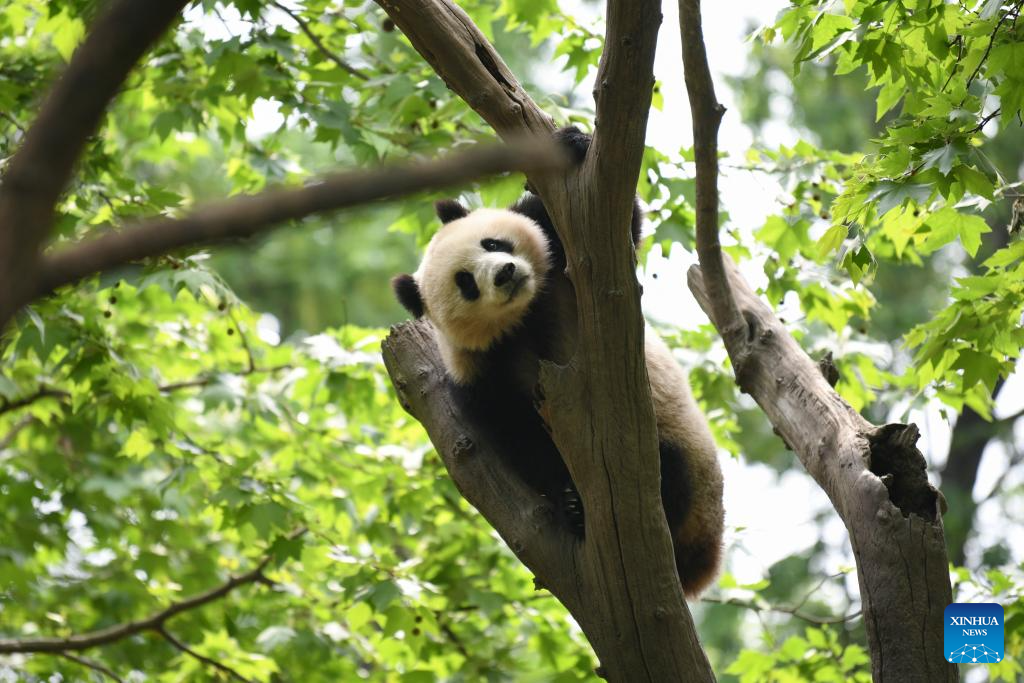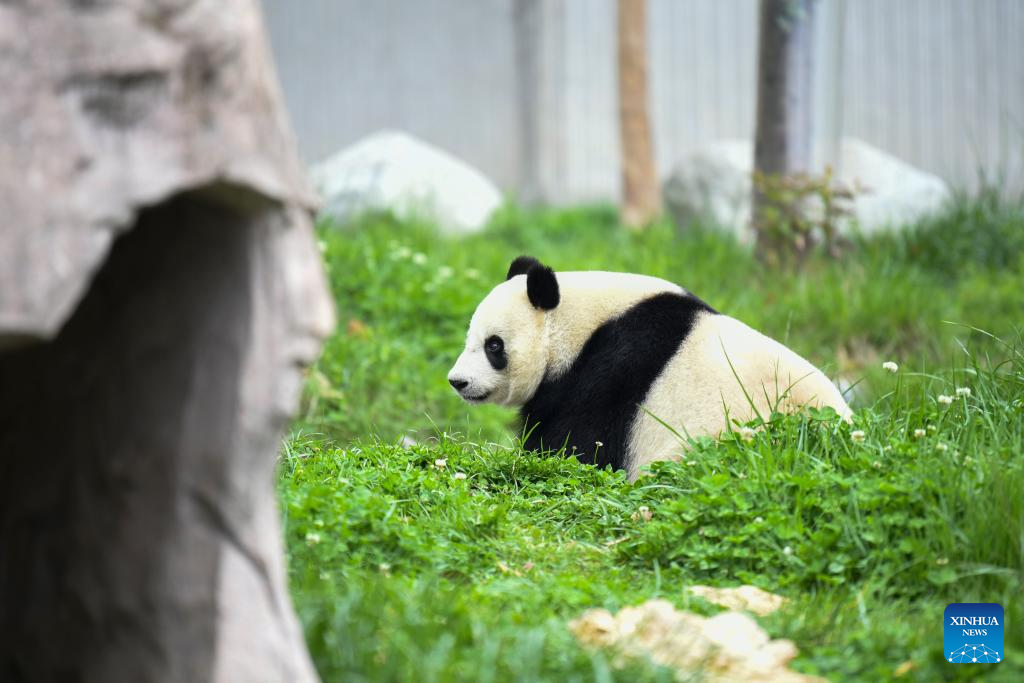
The global population of giant pandas in captivity has increased to 757, a senior government official said on Tuesday, lauding China's conservation efforts over the years.
Guan Zhi'ou, head of the National Forestry and Grassland Administration, made the remark at the Global Panda Partners 2024 conference held in Chengdu, Sichuan province.
China has established 67 panda nature reserves and the Giant Panda National Park, covering a combined area of 2.58 million hectares and connecting the habitats of 85 percent of the country's wild panda population, he said.
ALSO READ: Giant panda Wang Wang, Fu Ni leave South Australia for home
Currently, the population of giant pandas in the wild in China is around 1,900, he added.
Guan was one of the many experts and officials from around the world attending the conference, who shared their experiences and noted advancements in giant panda conservation. They called for more efforts to safeguard the shared habitats of pandas and humans, while boosting cultural exchanges and cooperation.

Svetlana Akulova, director of the Moscow Zoo in Russia, said the upkeep of giant pandas "requires special attention, knowledge and care", underscoring the importance of creating an environment in captivity that is as close as possible to the pandas' natural habitat.
Since two pandas arrived at the Moscow Zoo five years ago, a series of measures have been taken to ensure good living conditions, such as installing an isothermal humidifier and air conditioning system for keeping the temperature and the humidity constant inside the enclosures, Akulova said.
The zoo has been observing and collecting behavioral data that can be used to improve husbandry conditions and develop effective strategies to conserve the panda population in the wild, she said.
READ MORE: International giant panda conservation ties to build on successes
For example, measures to alleviate stress include unscheduled training for the pandas and enriching their living environment with new toys, she added.
Yasumasa Tomita, deputy director of the Ueno Zoo in Tokyo, Japan, said the giant panda represents all endangered species in the world because of its high profile and plays an important role in raising people's awareness of wildlife protection.
"The giant pandas at our zoo attract 3.5 million visitors each year, not only from Japan, but also from around the world. They come to Tokyo to learn about biodiversity. It's amazing," he said.

Guan, from the forestry administration, said that significant progress has been made in giant panda conservation efforts over the years, adding that China has engaged in panda conservation research cooperation with 26 institutions in 20 countries, as a result of which 71 cubs have been born.
Li Desheng, deputy director and chief scientist at the China Conservation and Research Center for Giant Panda in Sichuan, said that China has released 12 pandas into the wild since 2006, in an attempt to increase their wild population, and 10 of these animals are still surviving in the wild.
In 2017, the center launched a program to send female captive pandas to mate with male pandas living in the wild, aiming to improve their genetic diversity. A total of 14 cubs were born as a result of this program, 12 of which have survived.
READ MORE: Washington welcomes two new giant pandas
Wei Fuwen, an academician of the Chinese Academy of Sciences and president of Jiangxi Agricultural University, said that although the overall population of giant pandas in the wild shows a potential growth trend, "efforts are still needed to save the isolated small populations that are threatened by habitat fragmentation".
Releasing captive giant pandas into the wild and creating ecological corridors through which they can move are important ways to protect the species, Wei said, suggesting releasing more female pandas into the wild, as they have higher survival rates than males, who face intense competition from wild male pandas.


